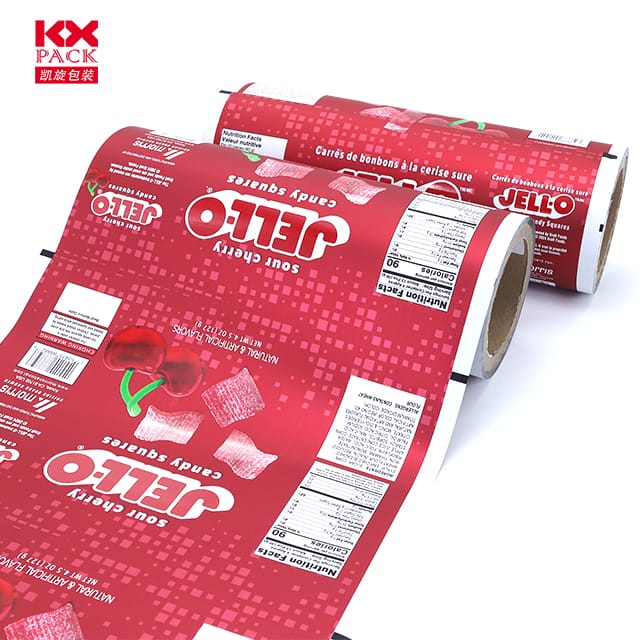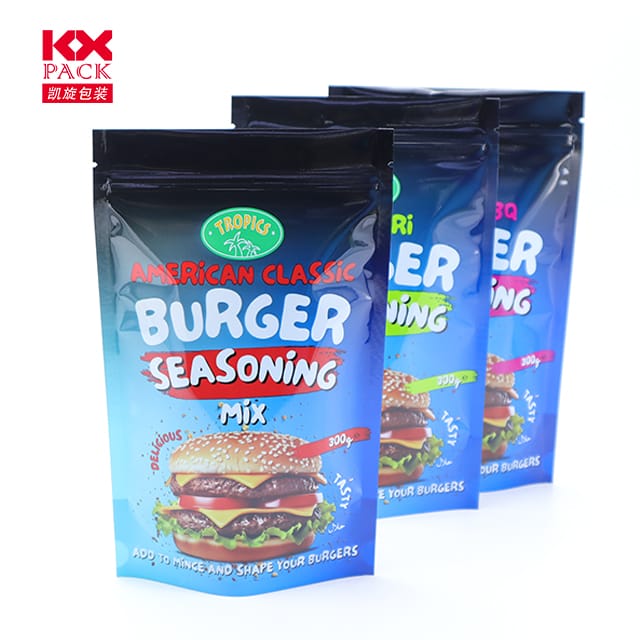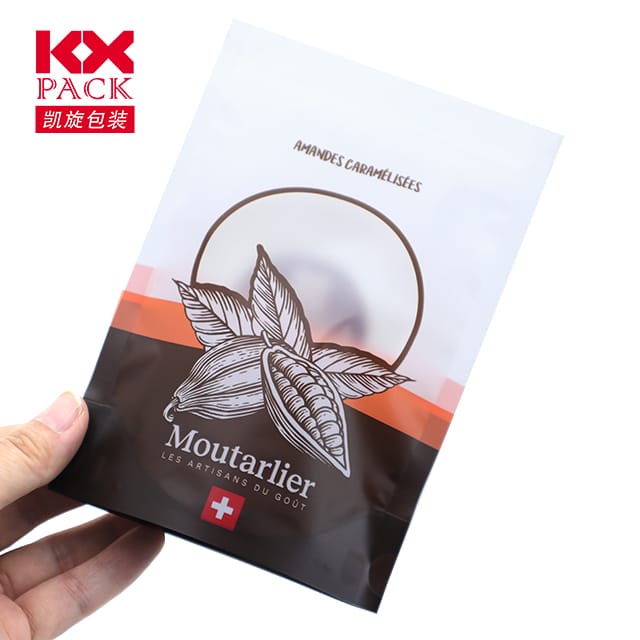Lidding πλαστικά ρολά φιλμ για εργοστάσια συσκευασίας τροφίμων: Τάσεις, Καινοτομίες, και τη δυναμική της αγοράς
Lidding Plastic Film Rolls
In the fast-evolving food packaging industry, lidding plastic film rolls have emerged as a critical component for preserving freshness, Εξασφάλιση ασφάλειας, και την ενίσχυση της έκκλησης. Αυτά τα λεπτά, Οι εύκαμπτες μεμβράνες - τυπικά κατασκευασμένες από πολυαιθυλενίου (Π.Ε), πολυπροπυλένιο (PP), νάιλον (Πομόνια), ή υλικά υψηλού φραγμού όπως το Evoh-είναι θερμικά σφραγισμένα στους δίσκους, φλιτζάνια, and bowls to create airtight barriers against oxygen, υγρασία, και μολυντές. For food packaging factories, selecting the right lidding film is no longer just about functionality; it’s a strategic decision that impacts sustainability, αποδοτικότητα κόστους, and consumer satisfaction.(Lidding Plastic Film Rolls)
1. Key Applications and Market Demand
Lidding films are indispensable across multiple food segments:
- Ready-to-Eat (RTE) Meals: High-barrier films with anti-fog properties prevent condensation, maintaining product visibility.
- Dairy and Meat: Modified Atmosphere Packaging (ΧΑΡΤΗΣ) films extend shelf life by regulating gas composition inside the package.
- Φρέσκα προϊόντα: Renewable paper-pulp trays sealed with KPeel-style films reduce plastic use by up to 95%, aligning with global sustainability trends.
- Convenience Foods: Easy-peel films enable hassle-free opening, while puncture-resistant variants protect fragile items like pastries.
The global market for lidding films is projected to grow at a CAGR of 5.2% διά μέσου 2030, driven by rising demand for packaged foods in emerging economies and stringent food safety regulations in developed markets.(Lidding Plastic Film Rolls)
2. Technological Innovations Shaping the Industry
ΕΝΑ. High-Barrier and Multilayer Films
To combat food waste, manufacturers are adoptingmultilayer co-extrusion technology, combining materials like PA/PE/EVOH to create films with superior oxygen and moisture resistance. Για παράδειγμα, Shandong Qilu Ethylene Chemicals Co., Ε.Π.Ε. produces EVOH-based films that extend the shelf life of smoked meats by 30–50%.
σι. Sustainable Solutions
- Βιοαποικοδομήσιμες ταινίες: Derived from starch or cellulose, these films decompose within 180 days under industrial composting conditions.
- Recyclable Mono-Materials: Single-polymer films (Π.χ., PET-only) Απλοποίηση ροών ανακύκλωσης, reducing environmental impact.
- Reduced Plastic Use: UK-based KM Packaging’s KPeel series enables paper-pulp trays to replace plastic containers in fresh produce packaging, cutting plastic by 95% without compromising seal integrity.(Lidding Plastic Film Rolls)
ντο. Smart and Functional Films
- Αντιμικροβιακές επικαλύψεις: Silver-ion or zinc-oxide additives inhibit bacterial growth, enhancing food safety.(Lidding Plastic Film Rolls)
- Temperature-Sensitive Indicators: Films embedded with thermochromic inks change color if storage conditions deviate, reducing spoilage risks.
- Printable Surfaces: High-definition printing allows brands to showcase logos, nutritional info, and QR codes directly on the film, boosting marketing appeal.
3. Challenges and Strategic Considerations for Factories
ΕΝΑ. Κανονιστική συμμόρφωση
Food packaging factories must navigate a complex web of regulations:
- ΕΕ: Compliance with EC No 1935/2004 (food contact materials) και ΕΕ 2019/904 (single-use plastics directive).
- ΜΑΣ: FDA approval for recycled content in films and adherence to FSMA (Food Safety Modernization Act).
- Κίνα: GB 4806.7-2023 standards for food-grade plastics and stricter enforcement of environmental policies.
σι. Κόστος vs. Sustainability Trade-offs
While biodegradable films align with ESG goals, they often cost20–30% more than conventional plastics. Factories must balance sustainability targets with profitability by:
- Optimizing Material Use: Thinner films (Π.χ., 12–16µm vs. 20–25µm) reduce raw material costs.
- Automating Production: High-speed co-extrusion lines improve efficiency, offsetting higher material expenses.
ντο. Supply Chain Resilience
Geopolitical tensions and raw material shortages (Π.χ., ethylene prices) disrupt production. Factories are mitigating risks by:
- Diversifying Suppliers: Partnering with multi-regional film manufacturers to ensure steady supply.
- Stockpiling Critical Materials: Maintaining 3–6 months’ inventory of high-barrier resins like EVOH.
4. Future Trends to Watch
- Εδώδιμες ταινίες: Made from proteins (Π.χ., gelatin) or polysaccharides (Π.χ., χιτοζάνη), these films are gaining traction in snack and confectionery packaging.
- AI-Driven Customization: Machine learning algorithms analyze food properties (pH, moisture content) to recommend optimal film compositions.
- Μοντέλα κυκλικής οικονομίας: Factories are exploring film take-back programs to recycle post-consumer waste into new packaging.
συμπέρασμα
For food packaging factories, lidding plastic film rolls are no longer a commodity—they’re a strategic asset. By embracing high-performance, ανεκτός, and smart films, manufacturers can differentiate their offerings, comply with regulations, and meet evolving consumer demands. The key to success lies inagility: adapting to technological shifts, optimizing supply chains, and investing in innovations that balance cost, λειτουργικότητα, και την περιβαλλοντική ευθύνη.
Stay ahead of the curve—explore our curated list of lidding film suppliers and download our free guide on selecting the right film for your application! 🌍🍃📦







